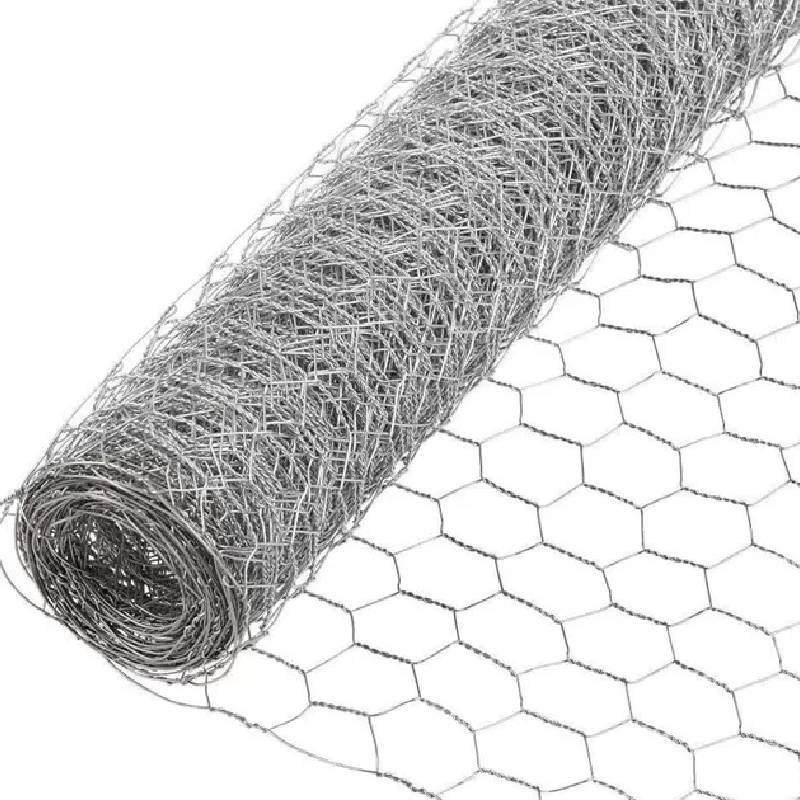
- Mobile Phone
- +8613931874955
- sales@cntcmetal.com
Understanding Different Types of Spring Hook Extensions for Enhanced Functionality
Understanding Extension Spring Hook Types
Extension springs are mechanical devices that store energy and exert a pulling force when stretched. They are widely used in various applications, from simple household items to complex machinery. One of the key elements that determine the functionality and placement of an extension spring is the design of its hooks. Understanding the different types of hooks is essential for selecting the right spring for your application, ensuring efficiency and safety.
Types of Hooks
Extension springs typically feature two types of hooks open hooks and closed hooks
. Each type serves specific purposes and has distinct advantages.1. Open Hooks Open hooks are characterized by their simple design, where the ends of the spring are bent into a hook shape without being fully closed. This design allows for easy attachment and detachment. Open hooks are prevalent in applications where the spring needs to be frequently replaced or adjusted. However, they offer less stability and may disengage under extreme tension or shock loads, making them unsuitable for high-stress applications.
2. Closed Hooks Closed hooks, on the other hand, have their ends fully enclosed, providing a secure attachment point. This design enhances stability and makes closed hooks ideal for applications subject to high loads. The closed nature of these hooks reduces the risk of the spring slipping out of its mounting point, ensuring reliability. However, this design can make installation more challenging, as it requires precise alignment during setup.
extension spring hook types

Spring Design Considerations
When designing or selecting extension springs with hooks, several factors should be considered. The hook type should match the application requirements, as the operational environment can significantly impact spring performance. For instance, in environments exposed to high levels of vibration or shock, closed hooks may be preferable due to their secure grip.
Moreover, the spring's material and dimensional specifications play a crucial role in determining its load capacity and fatigue resistance. High-carbon steel or stainless steel is commonly used in extension springs for their robustness and ability to withstand stress without deforming.
Conclusion
Selecting the right type of hook for your extension spring can dramatically influence its performance and longevity. Open hooks provide flexibility in applications where frequent adjustments are necessary, while closed hooks offer stability in demanding environments. Understanding these hook types, along with the relevant material and design considerations, will enable you to make informed decisions in your projects, ensuring optimal performance and safety.
Ultimately, whether you're a manufacturer, engineer, or DIY enthusiast, a thorough grasp of extension spring hook types is invaluable. With the right knowledge, you can effectively match the spring characteristics to your specific application needs, thereby enhancing functionality and ensuring a successful implementation.
share:
-
Yard Sign Stakes: Reliable Guardians of Outdoor SignsNewsAug.04,2025
-
Wall Ties: Invisible Guardians of Building StabilityNewsAug.04,2025
-
Resilient Web: The Super Guardian Power of Concrete MeshNewsAug.04,2025
-
Masonry Accessories: A versatile assistant on building foundationsNewsAug.04,2025
-
Iron Binding Wire: the 'invisible reinforcement specialist' in the fields of architecture and industryNewsAug.04,2025
-
Dynamic Spring: The diverse functions and excellent performance of Wire Tension SpringNewsAug.04,2025
-
Your Source for Concrete Wall Ties and Masonry AccessoriesNewsJul.10,2025



















